Have you ever felt that strange, muffled sensation in your ears when taking off in an airplane, driving through the mountains, or even during a common cold? That pressure — like your ears are underwater — can be annoying, distracting, or even painful. A lot of my patients ask me, "How do you pop your ears safely?" or "Is it bad to pop your ears too often?" So today, let's sit down and chat about it.
This guide is for anyone who's wondered how to pop your ears, why it happens in the first place, and how to do it safely without risking damage. Whether you're traveling, fighting off a sinus infection, or simply experiencing some temporary blockage, we'll walk through the best and safest ways to pop your ears, and even cover when it's time to consider hearing support.
Let's start by understanding what's going on inside your ears.
🚀 Navigate This Post
You may also be interested in:
- [Updated] How to Get Water Out of Your Ear: Effective Tips in 2025
- Water Stuck in Ear for Days? Here’s What You Really Need to Know
- Why Do I Hear Crackling in My Ear? The Answer Might Surprise You!
Part 1: Why Do Our Ears Pop in the First Place?
Have you ever wondered what's actually going on when your ears "pop"? That quick shift in sensation is more than just an odd feeling — it's your body's natural way of balancing internal pressure.
Inside your ears, the Eustachian tubes connect the middle ear to the back of your nose and upper throat. Their job is to regulate air pressure on both sides of your eardrum. When this balance is disrupted — from altitude changes, colds, or allergies — your ears may feel blocked or muffled, until a "pop" improve your hearing and restores the balance.
1. Sudden Pressure Changes
Changes in altitude — such as flying, riding elevators, diving, or hiking — create air pressure differences between your middle ear and the environment. Your body tries to equalize this by opening the Eustachian tubes, which often results in a pop. That's why your ears pop on airplanes, especially during takeoff and landing.

2. Illness, Allergies, or Sinus Congestion
Upper respiratory infections, colds, and seasonal allergies can inflame or block the Eustachian tubes with mucus, making it harder for pressure to equalize. Many people ask, "How do I get my ears to pop when I'm sick?" The answer often lies in reducing the inflammation first.
3. Natural Movements Help
Everyday actions like yawning, swallowing, chewing gum, or sipping water can gently open the Eustachian tubes. These methods are often recommended as the safest ways to pop your ears without risk.
Here's something I hear from patients all the time: "Why do I hear better when my ears pop?" The reason is simple — once pressure is equalized, your eardrum vibrates freely again, making sound transmission clearer and sharper.
Part 2: Safe and Effective Ways to Pop Your Ears
Now that you understand why ear pressure builds up, let's explore the safest and most effective ways to relieve it. These methods can help you pop your ears whether you're on a flight, battling congestion, or just trying to feel normal again.
1. Swallowing and Yawning
These are the body's natural ways to open the Eustachian tubes. When you swallow or yawn, muscles near your ear gently pull open the canal and equalize pressure. Keep a bottle of water handy or suck on candy to trigger swallowing while flying or driving through altitude shifts. This method is especially great for children and the elderly.
2. The Valsalva Maneuver
This tried-and-true method involves closing your mouth, pinching your nose, and gently blowing out — like you're trying to blow up a balloon through your nose. This can push air through the Eustachian tubes and equalize pressure.
⚠️ Be careful: Blowing too hard can damage your ear.

3. The Toynbee Maneuver
This lesser-known technique involves swallowing while pinching your nose closed. It combines two pressure-balancing actions at once. It's a favorite among frequent flyers and divers because it's gentle and doesn't involve forceful blowing.
4. Use a Warm Compress
Applying a warm washcloth over the affected ear can help relax muscles and thin out mucus, especially if your ear feels blocked from a cold. A warm shower can work wonders too. This simple home remedy helps relieve pressure naturally.
5. Try the "Low Blow" (Modified Valsalva)
For those who worry about blowing too hard, this technique involves blowing out very softly while keeping your nose pinched and mouth closed. It's a gentler version of the Valsalva — and it's safer for people with sensitive ears or sinus issues.

Diamond X1 - Best Hearing Aids with Bluetooth
Newcomer Price
$249.99 $309.99
- ✔ Adaptive sound modes for clear hearing.
- ✔ Bluetooth for calls & streaming.
- ✔ App-controlled, customizable adjustments.
- ✔ Rechargeable & fast charging.
- ✔ Ideal for mild to moderate hearing loss.
6. Use Nasal Decongestants or Sprays
If you're congested due to allergies or a cold, using an over-the-counter nasal spray before flying or sleeping can help shrink the tissue blocking your Eustachian tubes. Just be cautious: long-term use of decongestants can cause rebound congestion. When in doubt, talk to a hearing expert before using them regularly.
7. Try the Frenzel Maneuver
This technique is popular among scuba divers. It involves pinching your nose, closing the back of your throat (like you're lifting something heavy), and gently forcing air into the back of your nose. It's a little tricky at first but very effective once you get the hang of it.
8. Use EarPlanes or Filtered Earplugs
Specialty earplugs like EarPlanes help regulate pressure gradually, which makes them great for air travel. If you're a frequent flyer, keep a pair handy — they may reduce the need to pop your ears entirely. Some options are available in stores like Best Buy, along with OTC hearing solutions.
9. Chew Gum or Suck on Lozenges
The jaw motion helps move the Eustachian tube muscles and encourages them to open. It's a simple trick, but surprisingly effective during takeoff, descent, or sudden pressure shifts.

10. Try the Jaw Wiggle
Open your mouth halfway and gently move your jaw side to side. This motion can stretch and activate the muscles that open the Eustachian tubes. Many people report this technique works when nothing else seems to.
Part 3: When Popping Your Ears Doesn't Work
Tried all the tricks and your ear still feels blocked? You're not alone — and it's a sign that the issue may be deeper than just temporary pressure changes.
Signs You May Need Medical Help:
- Ear pain that doesn't go away
- Ringing in ears (tinnitus)
- Hearing loss or muffled sound
- Dizziness or balance issues
- Ear drainage
In some cases, fluid behind the eardrum or ear infections can prevent your ears from popping. This is especially common after a bad cold or sinus infection.
If these symptoms sound familiar, it's best to see an audiologist or ENT. You may be dealing with Eustachian tube dysfunction, and proper diagnosis can save you from long-term discomfort. For older adults, it's particularly important — since undiagnosed hearing issues can also affect communication and balance. Learn more in our hearing and balance guide.
Part 4: Can Hearing Aids Help with Ear Pressure?
While hearing aids don't directly "pop" your ears, they play an essential role in managing long-term effects caused by chronic pressure issues — especially in older adults.
Here's how hearing aids can help:
- They improve clarity if ear barotrauma has caused muffled hearing.
- They amplify sound selectively, reducing the stress of straining to hear.
- Modern OTC hearing aids, like Cearvol's, are equipped with adaptive technology that adjusts to your environment — especially useful if ear pressure leaves your hearing uneven.

If you've experienced mild to moderate hearing loss due to chronic ear problems, switching to the best OTC hearing aids with Bluetooth can restore clarity without visiting a clinic. Cearvol's rechargeable and comfortable designs make daily use simple and effective.
Part 5: How to Prevent Ear Pressure from Building Up Again?
It's easier to prevent ear pressure than to fix it — especially if you travel often or deal with seasonal allergies.
Here are some habits to adopt:
- Stay hydrated — dry tissues make it harder for Eustachian tubes to stay open
- Use filtered earplugs when flying
- Avoid sleeping during takeoff and landing
- Treat allergies proactively with medication or air purifiers
- Practice gentle pressure-equalizing techniques regularly
- Use a humidifier to keep your nasal passages moist
If you notice symptoms returning often, it's a good idea to track your hearing.
Conclusion: Don't Ignore That "Popping" Sensation
Ear pressure is common, but it shouldn't be something you just "put up with." From chewing gum on a plane to exploring modern solutions like Cearvol OTC hearing aids, you've got options — and now, you know how to use them.
Your ears work hard for you. It's time to give them the care they deserve.

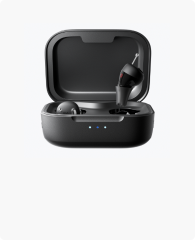
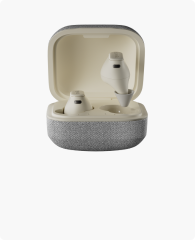
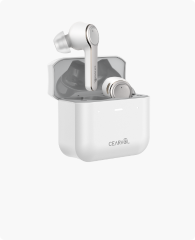

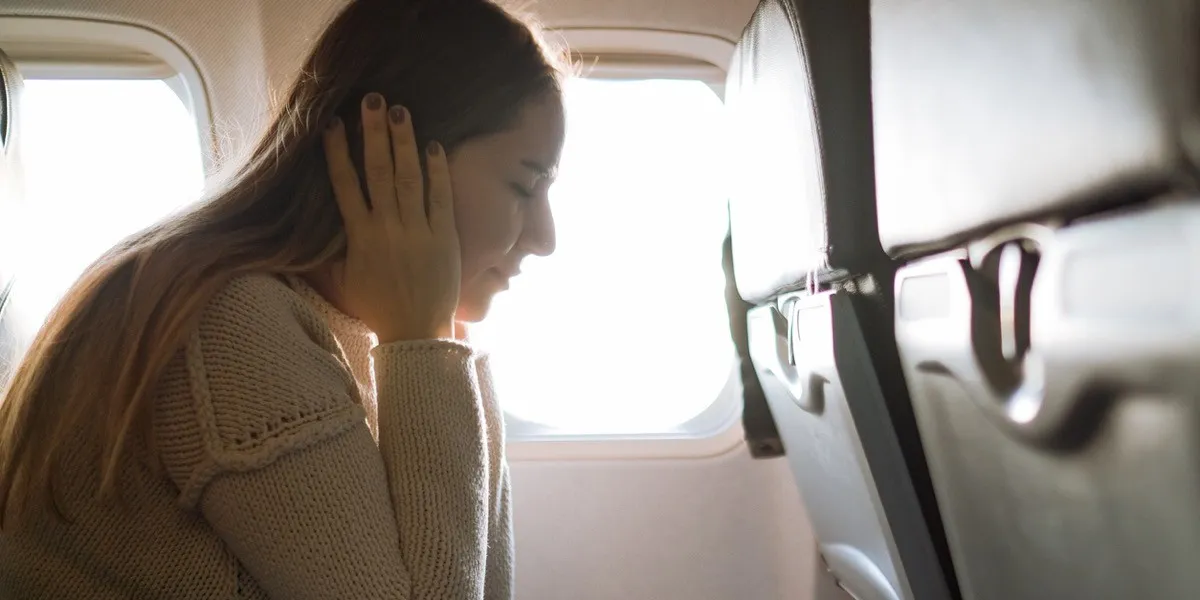
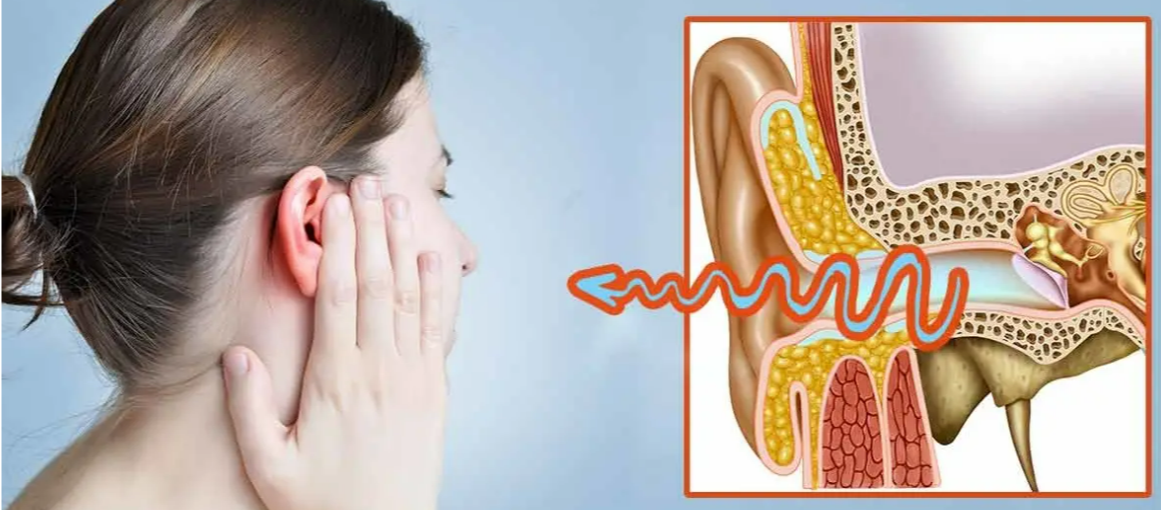
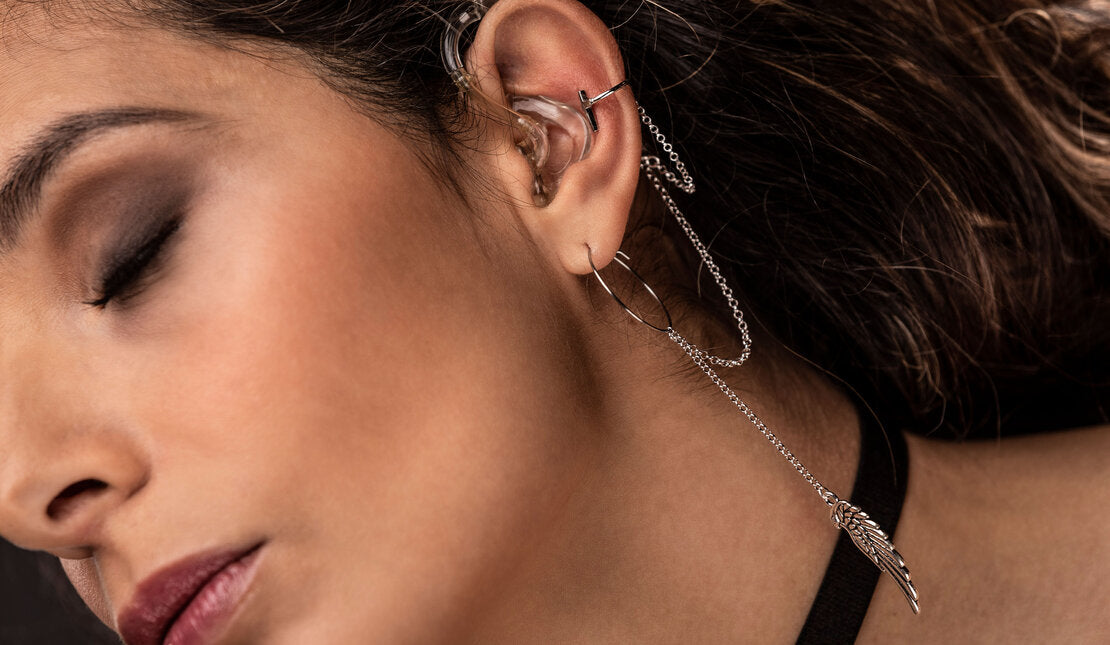
Leave a comment
All comments are moderated before being published.
This site is protected by hCaptcha and the hCaptcha Privacy Policy and Terms of Service apply.